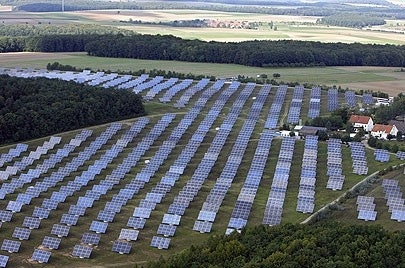Residential Solar: Ownership or Community Solar
Which is best for you? It really depends on you, your house and your utility. Consider the factors involved in placing a system on your home:
1. Is there room on the roof or ground for the PV array? The average 2000ft² home uses about 60kWh to 80kWh per day. To offset half of that energy a PV array would need to be 8kW to 10kW, and it would occupy an area of 600ft² to 800ft² on the ground, or it would require a roof area of 800ft² to 1000ft² due to required margins and offsets.
2. Will the PV array be a visual detriment to the home? It is possible to have the array visible and attractive with proper selection of materials, but a Homeowners’ Association could be a problem if the array is visible from the street.
3. Will it be financially beneficial? The matter of cost and return on investment (ROI). The federal tax credit provides a 30% reduction on total system cost. If you cannot take this credit, the value is diminished. If you live in a location where other incentives are in place, be sure that you qualify for those incentives.
4. The last factor is your personal reasons for owning a system. Seeing the array on your property, and knowing you’re saving energy and money on your energy bill is an important factor. Backup power is also an important motivator for owning a system, but if power is rarely lost in your area, a fuel generator may be a better option.
Consider these factors that would make community solar a good option:
The alternative to owning a system outright may be Community Solar programs. These programs are not available in all locations but their availability is growing quickly. Community solar farms are usually owned by the utility company. The customer can buy power from this farm through a program offered by the utility.
1. If locating an array on your home or property is a problem due to space or curb appeal restrictions, this may be a good alternative. These systems are huge and usually located within a few miles from your home. If it is a true community solar farm, there will be an area where you and your family can visit to learn about its function and performance.
2. The performance of the PV system will be maximized regarding the solar resource and the financial return on investment by the utility. This will provide the lowest cost for solar electric generation passed on to the utility customer.
The future of residential solar will be a mix of individually owned PV systems with energy storage, and community solar farms. Both will enhance the viability of the grid and reduce costs of electricity during the lifespan of the PV system. You should be able to pick the one that best fits your lifestyle and goals.
Kelly Provence CEO
Solairgen

